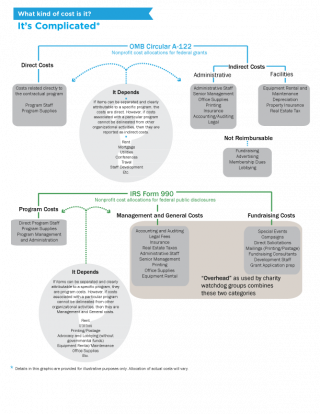
Click on image above for full report.
Investing for Impact: Indirect Costs are Essential for Success addresses how governments that hire charitable nonprofits to deliver services and then reimburse them for less than reasonable indirect costs undermine the ability of nonprofits to deliver high quality services. It reviews research documenting that such an approach erodes communities and contracting relationship while ensuring higher-performing partners and cost savings for taxpayers.
Studies reveal that the usual range of overhead rates for for-profit companies and nonprofit organizations alike is approximately 25% to 35%.
Yet, governments have historically treated nonprofit organizations differently, imposing arbitrary restrictions on reimbursement rates that undercut the ability of their partners to succeed on behalf of taxpayers. Unrealistic limits on reimbursement of a nonprofit’s legitimate costs undermine its efficiency, effectiveness, and ability to perform vital services on behalf of the governments.

More About Investing for Impact
- Common Problems in Government-Nonprofit Grantmaking, National Council of Nonprofits
- Toward Common Sense Contracting: What Taxpayers Deserve, National Council of Nonprofits, May 2014.
